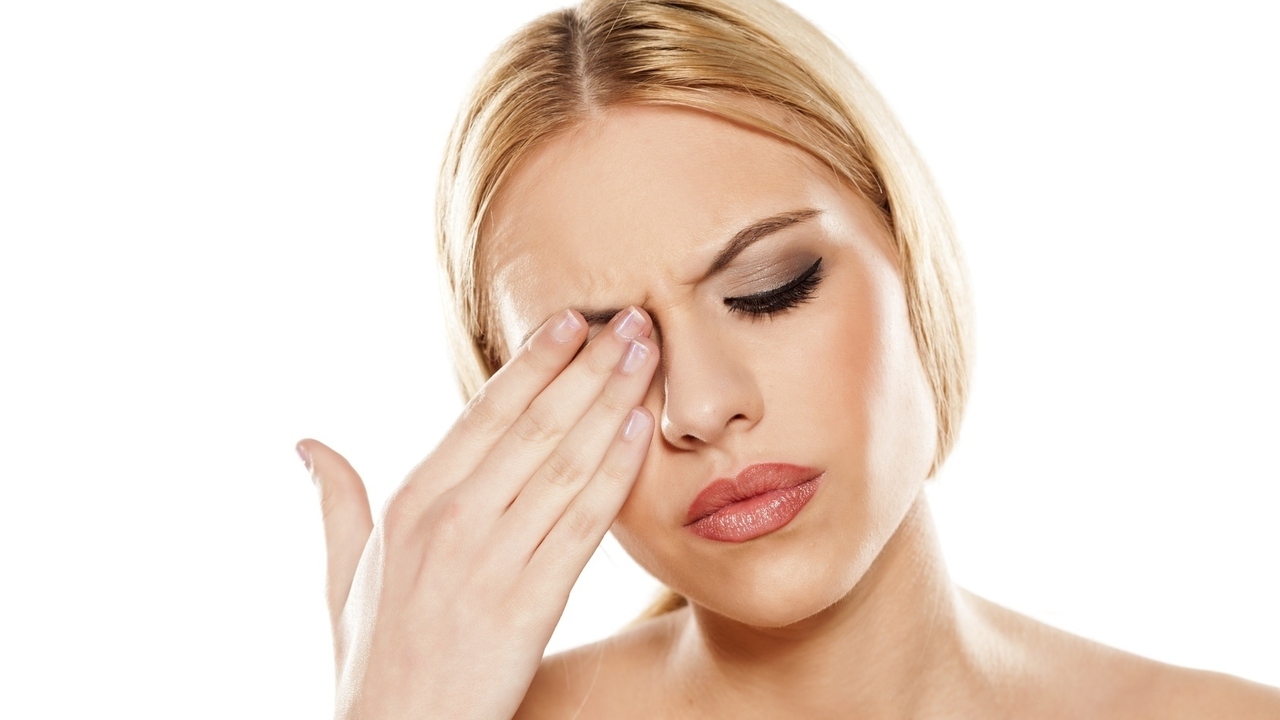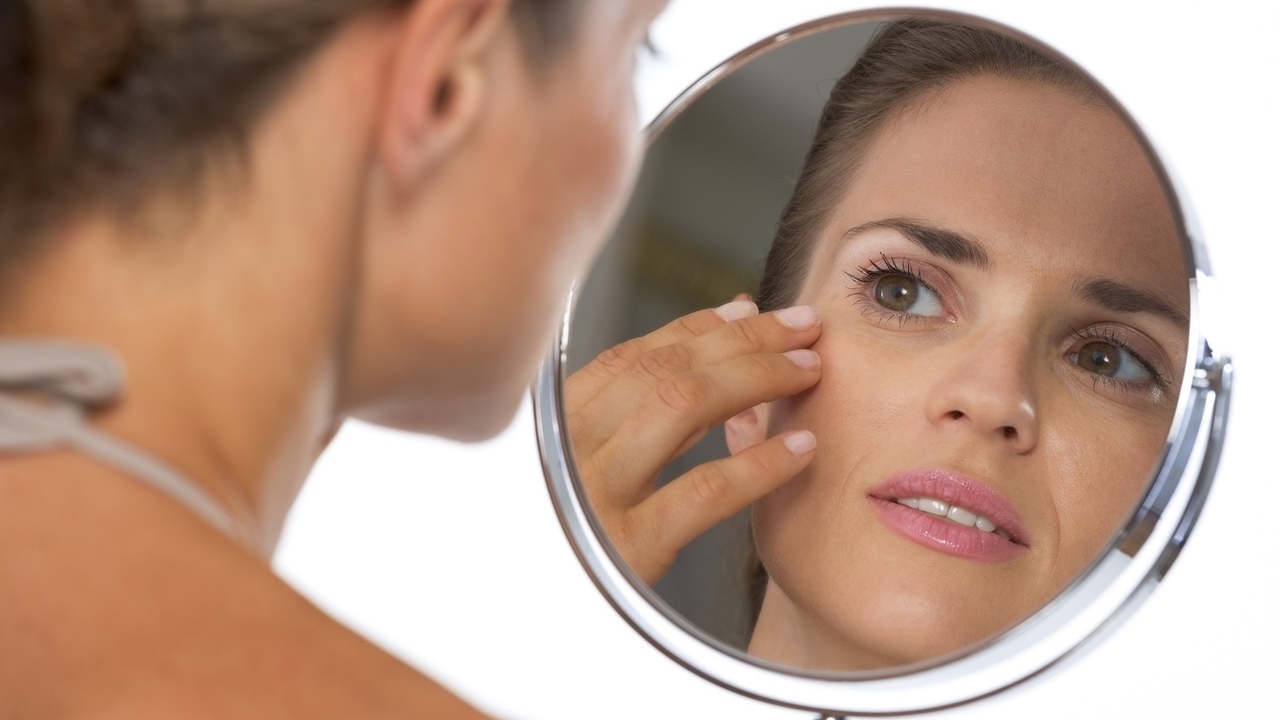The first things most people think of, when they think about aging vision, is needing reading glasses or getting cataracts. There are also a variety of subtle changes taking place in the structure of the eye that can cause discomfort or be safety concerns as we age.
• Pupil size - As we age, our pupils lose some of their ability to change shape. The pupil is the center opening in the front of the eye that lets light into the eye to form an image. In a young person, the pupil adjusts very quickly to different levels of light. But as we age, the muscles that control the pupil lose some of their strength. This causes the pupil to remain at a smaller size, which means less light can get into the eye. We may find that we need more light to read or do normal activities, and we may find it harder to adjust to changes in light. Stepping out into the sunlight may seem blinding as the eye reacts more slowly to close down the pupil. If you have problems with glare in bright light, glasses with photochromic lenses and anti-reflective coating can help. Special care should also be taken moving into a darker area as the eyes need more time to adjust and the risk of falling may increase.
• Dry Eyes – Many people, especially women who have gone through menopause, find that their eyes feel drier as they get older. If your eyes tend to burn, sting, or feel dry, artificial tear drops may relieve the discomfort. There are also prescription eye medications available that can help.
• Eyelid problems – Some people find that their eyelids droop into their line of vision as they age. Others have problems with itching, red, or swollen eyelids, and may have crusting along the lash line after sleeping. This may be caused by blepharitis. Talk to your eye care professional for instructions to take care of your eyelids.
• Decreased color vision – Some people find that colors start to look washed out as they get older. Cells lining the retina on the inside of the eye are responsible for color vision; some may lose their abilities to translate colors clearly.
• Peripheral vision – As we age we lose between one and three degrees of vision, off the edges of our sight, for every 10 years we live. Peripheral vision allows us to catch movement out of the corner of our eyes, which can be a key factor in playing sports or driving safely.
If you have any questions about changes in your vision, schedule a time to talk to your eye care professional.
Sources:
All About Vision
National Institute on Aging




Add a CommentComments
There are no comments yet. Be the first one and get the conversation started!